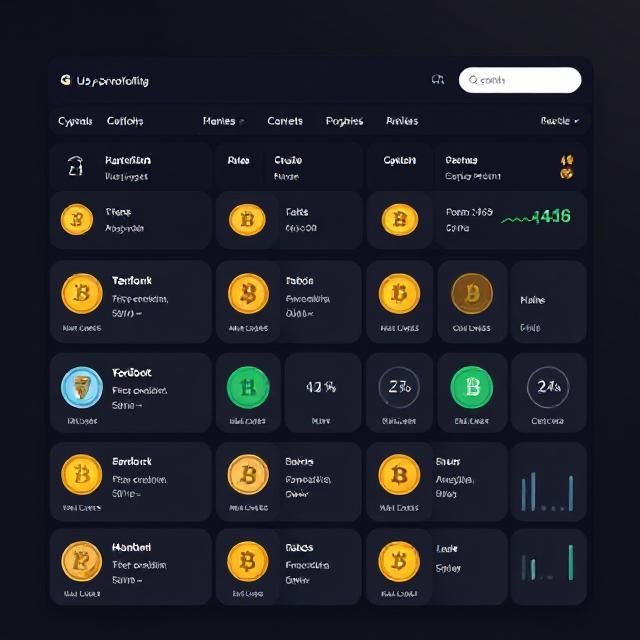
Build Your Crypto Portfolio - Smart Investment Strategies
Building a strong crypto portfolio is key to long-term success in the crypto market. Whether you're a beginner or an experienced investor, having a well-balanced portfolio can help you manage risks and maximize returns.
What is a Crypto Portfolio?
A crypto portfolio is a collection of different cryptocurrencies and assets you hold, similar to a stock portfolio in traditional finance. The goal is to diversify your investments to minimize risks and optimize potential gains.
✅ Well-balanced portfolio → Reduces risks
✅ Diversification → Spreads investments across different assets
✅ Strategic approach → Helps in long-term profitability
Steps to Build a Strong Crypto Portfolio
Step 1: Define Your Investment Goals
Before buying any cryptocurrency, ask yourself:
- Am I investing for the long term (HODLing) or short-term gains (trading)?
- What level of risk am I comfortable with?
- How much capital am I willing to invest?
Example:
- Long-term investors → Focus on Bitcoin (BTC), Ethereum (ETH), and large-cap cryptos
- Short-term traders → Explore altcoins, meme tokens, and DeFi projects
Step 2: Diversify Your Portfolio
Diversification is key! Don't put all your funds into one coin. Instead, spread them across different types of crypto assets:
🔹 Large-cap coins (BTC, ETH) – Stable and less risky
🔹 Altcoins (Solana, Chainlink, Avalanche) – Medium risk, high potential
🔹 Meme coins (DOGE, SHIB) – High risk, speculative gains
🔹 DeFi & Web3 projects (AAVE, Uniswap, Polkadot) – Emerging trends
🔹 Stablecoins (USDT, USDC) – For stability and liquidity
💡 Tip: Balance your portfolio based on your risk tolerance!
Step 3: Choose the Right Exchanges & Wallets
To manage your portfolio effectively, you need reliable platforms:
🛒 Best exchanges to buy crypto:
- Binance, Coinbase, Kraken, KuCoin, Bybit
🔒 Best wallets for storage:
- Hot wallets → Trust Wallet, MetaMask (for frequent trading)
- Cold wallets → Ledger, Trezor (for secure long-term storage)
🚀 Pro tip: Always withdraw long-term holdings to a cold wallet for extra security!
Step 4: Monitor & Adjust Your Portfolio
The crypto market is volatile, so regularly review your holdings. Tools like:
📊
CoinMarketCap & CoinGecko – Track market prices
📈
Dextools & TradingView – Analyze trends and charts
💡
Portfolio trackers – Blockfolio, Delta, or CoinStats
Rebalance your portfolio if necessary based on market trends and personal goals.
Step 5: Risk Management & Security
❌ Don't invest more than you can afford to lose
🔑 Use strong passwords & 2FA on all accounts
🚨 Be cautious of scams, phishing attacks, and rug pulls
📌 Stay informed –
Follow crypto news and updates
Final Thoughts
Building a crypto portfolio takes time and patience. Diversification, risk management, and continuous learning are the keys to success. Whether you're a long-term HODLer or an active trader, having a solid strategy will help you navigate the crypto world with confidence.
Nieuwe alinea

